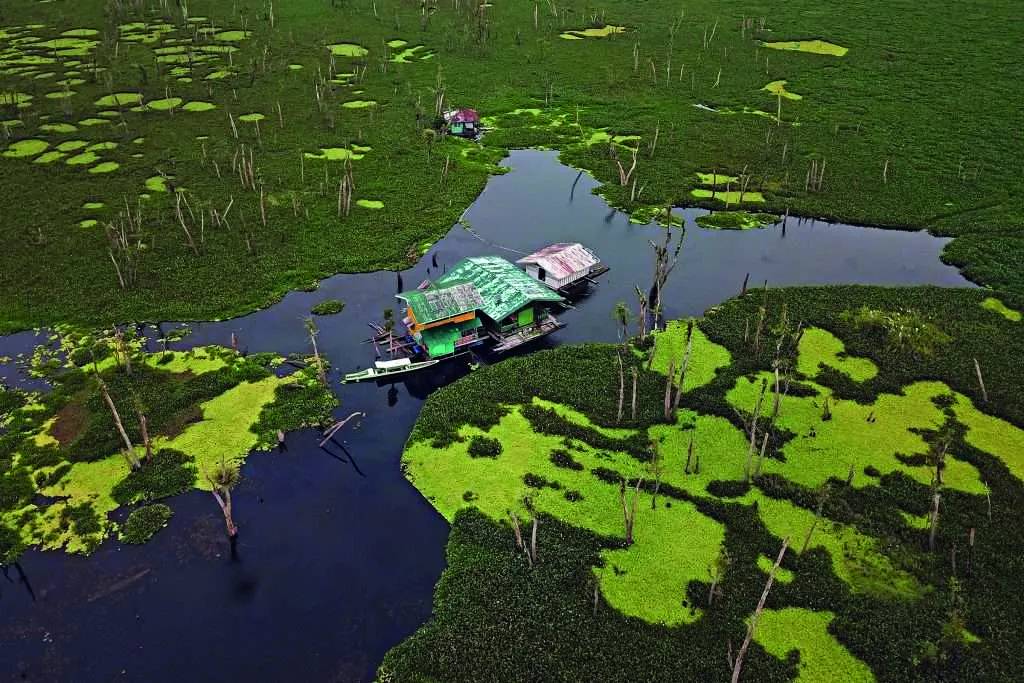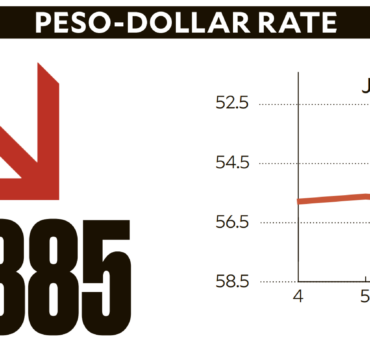Land conversion, farming threaten Agusan peatland

SAN FRANCISCO, AGUSAN DEL SUR—The Caimpugan Peatland, a vital carbon sink within the Agusan Marsh in northeastern Mindanao, is under growing threat from human activities, which could significantly undermine climate change mitigation efforts in the area.
Harold Jay Sumilhig, conservation biologist of the Provincial Environment and Natural Resources Office in Agusan del Sur and at the Protected Area Management Office of the Agusan Marsh Wildlife Sanctuary, raised this concern during an environmental summit here on June 5. The summit, which forms part of the annual Magdiwata Festival, highlighted the importance of the mountain as the primary source of potable water for local communities and its role as a natural barrier during storms and typhoons.
According to the Department of Environment and Natural Resources’ Biodiversity Management Bureau, peatlands are wetland ecosystems characterized by the accumulation of organic matter derived from dead and partially decomposed plant material that have accumulated under high water saturation.
Sumilhig pointed out the growing threats faced by the Caimpugan Peatland due to disturbances such as drainage work, land conversion and fires which could lead to the release of carbon stored in the peatlands, contributing to global warming.
Other threats facing the peatland are illegal logging, expansion of agricultural plantations and cultivation activities and unsustainable land practices, which not only affect the environment but also local communities who rely on the land for their livelihood.
Major fire
In 2019, a major fire broke out in the Agusan Marsh Wildlife Sanctuary which started at the dry portions of the marsh, lasting several weeks. It burned approximately 97.12 hectares of peatland and swamp forests.
According to Sumilhig, the incident highlighted the vulnerability of the marsh’s peatlands to fire, especially during dry periods, and underscored the challenges in conserving these vital ecosystems. The National Geographic website reported the details of the incident, which called for heightened conservation effort.
The Caimpugan Peatland spans more than 5,312 ha and has been estimated to store 22.9 million metric tons of carbon, making it one of the country’s largest carbon reservoirs.
With a peat depth of 15 meters, the area is believed to be around 15,000 years old and had originated from woody and herbaceous plants that once vegetated the swamp forest, Sumilhig said.
Within the area are tall-pole forests, intermediate forests and the unique bonsai (pygmy) forest, a popular tourist destination until it was closed to the public for preservation purposes and to protect it against human activities.
According to Sumilhig, the Agusan Marsh Wildlife Sanctuary, which spans 19,196.56 ha, hosts 37 peatlands—11 of which had been confirmed while 26 still classified as “probable.”
Peatlands like Caimpugan are recognized as some of the planet’s most effective natural carbon sinks, absorbing and storing carbon dioxide from the atmosphere, thereby mitigating the effects of climate change.

















